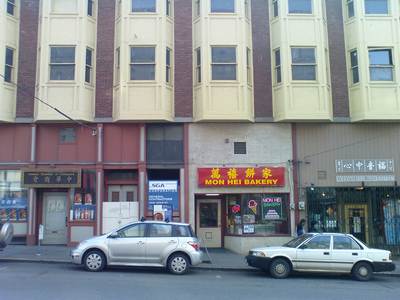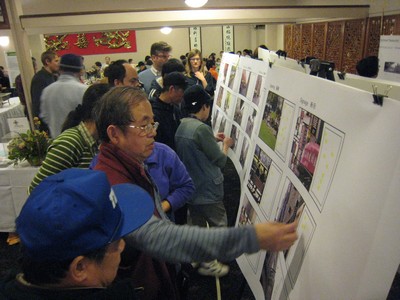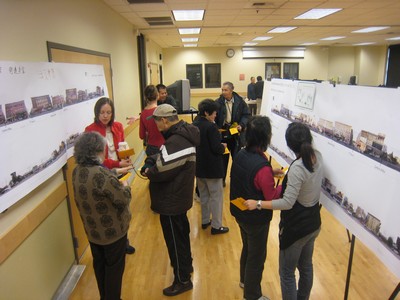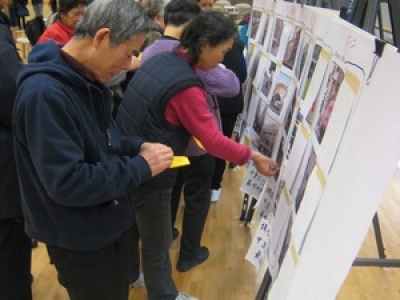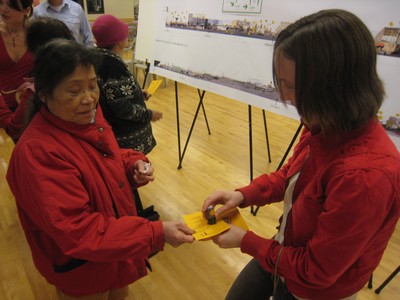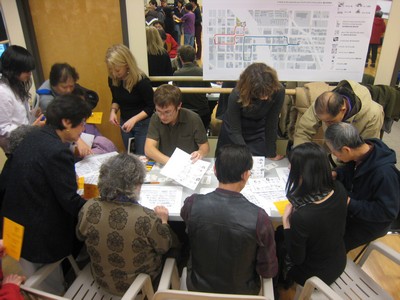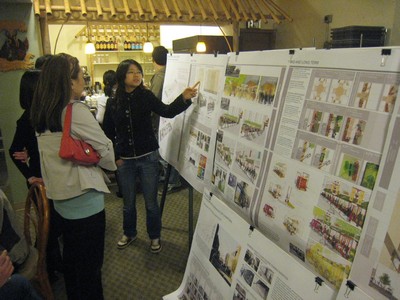Featured at the Parallel Cases exhibition at the 4th International Architecture Biennale Rotterdam, the King Street Visioning Project is a collaborative effort between the University of Washington and multiple community organizations in Seattle’s Chinatown/Little Saigon/International District. The project addresses future transformation and revitalization of the district, using King Street as both a site and a catalyst. As the main pedestrian spine, King Street connects the historic Chinatown, Little Saigon, and further to the rest of the city. The street is lined with historic single-occupancy hotels, restaurants, and ethnic groceries, as well as industrial warehouses and vacant lots. It is terminated by a transit hub on one side and bisected by an interstate freeway on the other. The street lies at the crossroad of a series of layered and shifting population patterns and circulation paths. It exists as a tie to ethnic history and cultural activities of the district and beyond.
Despite such richness, King Street lacks the dynamism found in Asian neighborhoods of North America. The goal of this project is to develop a series of proposals that invite discussion within the neighborhood for future improvement of the street. Rejecting a static master plan, this project addresses King Street as a dynamic and changing landscape. Specifically, it develops temporary and incremental tactics to activate specific sites, layers, and networks (social and spatial) in the district. It formulates strategies that strengthen the existing vitality and continuity of ethnic identity and cultural activities in the district in the face of new development and zoning change. The project built on a series of community workshops that ‘listened’ to the everyday voices in the district. Based on these voices, a program of Activate, Identity, Connections, and Greening is developed that address both the spatial and temporal dimensions of change, and focuses on not only the physical streetscape but also the broader interconnections, spatial layers, and social networks within the neighborhood and the city.
To find out more, visit http://courses.washington.edu/kingst/
